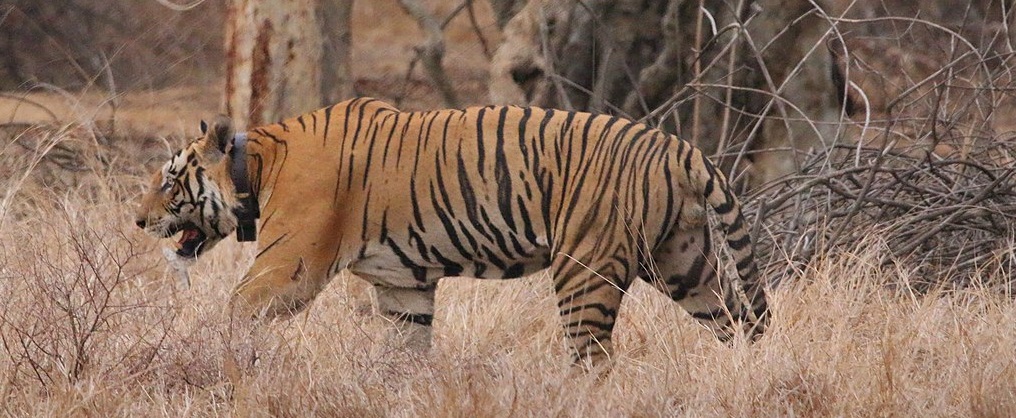Nestled in the northern part of Madhya Pradesh, Panna National Park stands as a testament to India's commitment to wildlife conservation. Spanning over 542.67 square kilometers, this lush expanse has a rich history that reflects the challenges and triumphs in preserving biodiversity. From royal hunting grounds to a symbol of conservation, the journey of Panna National Park has been a remarkable one.
Ancient Roots:
The history of Panna National Park can be traced back to ancient times when the region was part of the hunting grounds for the Bundela rulers. The dense forests provided ample opportunities for royal expeditions, and the area became synonymous with regal pastimes. However, the dawn of the conservation era would soon transform this landscape.
Transformation into a Wildlife Sanctuary:
In 1975, recognizing the ecological significance of the area, Panna was declared a wildlife sanctuary. The park's terrain is diverse, comprising plateaus, gorges, and teak-dominated forests. The Ken River, flowing through the park, adds to its scenic beauty and sustains a variety of flora and fauna.
Tiger Reserve Status:
The journey towards the conservation of endangered species took a significant leap forward in 1994 when Panna was declared a Tiger Reserve. The park became a crucial part of the ambitious Project Tiger initiative aimed at protecting and increasing the population of Bengal tigers in India. However, Panna faced a challenging phase in the subsequent years.
The Challenge of Tiger Population Decline:
A major setback struck Panna National Park when, in the mid-2000s, the tiger population plummeted due to poaching and habitat loss. The park lost all its tigers, raising concerns about the efficacy of conservation efforts. This dark period marked a turning point in the park's history and prompted urgent interventions to revive its tiger population.
Revival Efforts and Success:
In the face of adversity, Panna National Park became a symbol of resilience and dedication to conservation. An ambitious tiger reintroduction program was launched in 2009, with tigers sourced from other reserves. The successful implementation of this program led to a gradual resurgence of the tiger population in Panna, showcasing the park's ability to recover from setbacks.
Present Conservation Scenario:
As of the present day, Panna National Park stands as a model for successful tiger conservation. The revived tiger population, coupled with efforts to protect other wildlife species, has elevated Panna's status in the global conservation community. The park continues to draw wildlife enthusiasts, researchers, and tourists, contributing to both local economies and the awareness of the importance of wildlife conservation.
Conclusion:
The history of Panna National Park encapsulates a journey from royal hunting grounds to a symbol of conservation success. Despite facing challenges, the park has emerged as a sanctuary for biodiversity, particularly the majestic Bengal tiger. Panna's story is not just a local or national achievement but a global testament to the importance of preserving our natural heritage. As we look to the future, Panna National Park serves as inspiration for ongoing efforts to protect and nurture the planet's diverse ecosystems.



